Hawaii’s Kilauea volcano erupted early Monday morning, sending shockwaves across the island. The eruption took place in a remote area of Hawaii Volcanoes National Park, but officials assured that there was no immediate threat to human life or critical infrastructure.
Kilauea, known for its frequent activity, has been a source of fascination and concern for locals and scientists alike. Kilauea is one of the most active volcanoes in the world, with a continuous eruption from 1983 to 2018, making it an important site for volcanic research.
The Volcanic Awakening: A Spectacular Yet Dangerous Display
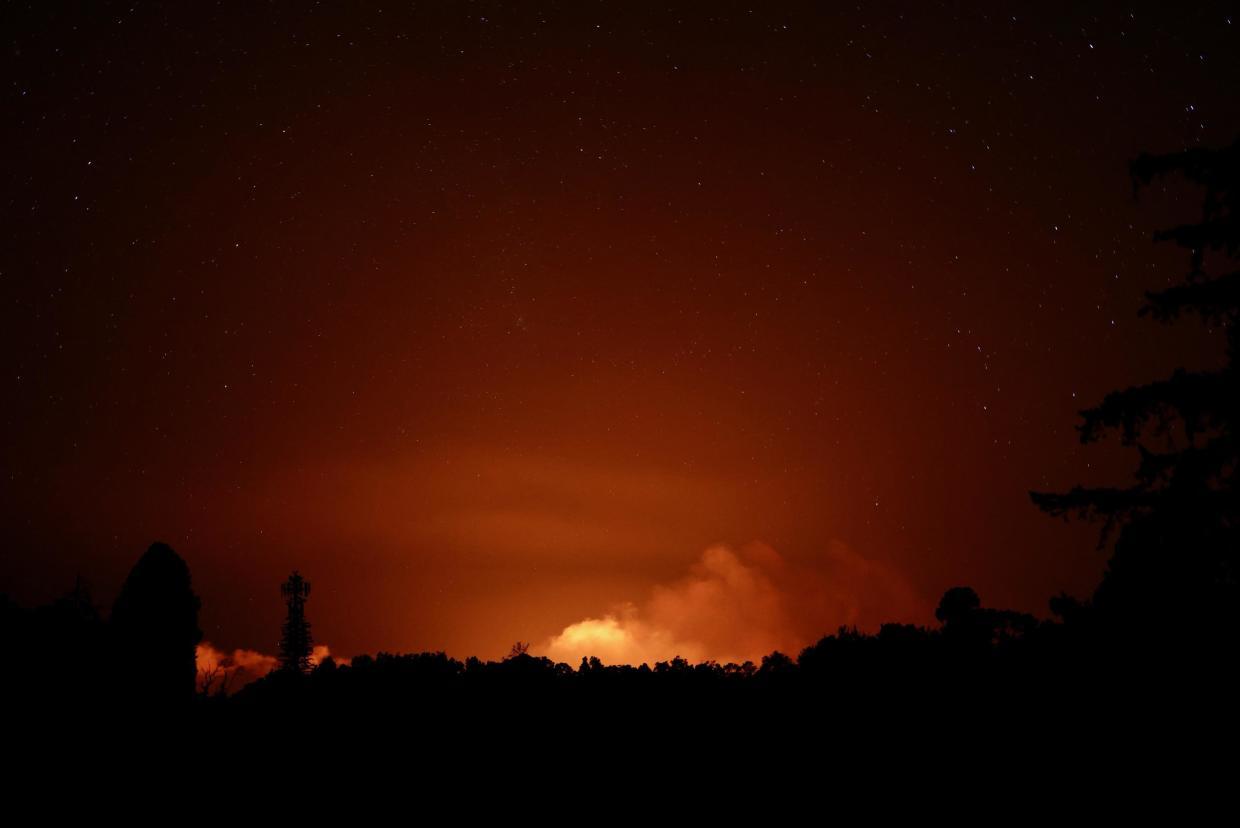
The U.S. Geological Survey’s Hawaiian Volcano Observatory initially warned of the potential for volcanic ash to shoot into the atmosphere, posing a risk to aircrafts. However, within hours, they downgraded the threat, expecting minor or no ash emissions.
The eruption showcased the raw power of nature, with gas emissions and rock fragments (tephra) being the primary hazards. During the 2018 eruption, Kilauea produced over 1 billion cubic meters of lava, covering an area of 35.5 square kilometers.
Kilauea: A Geological Marvel and Potential Hazard
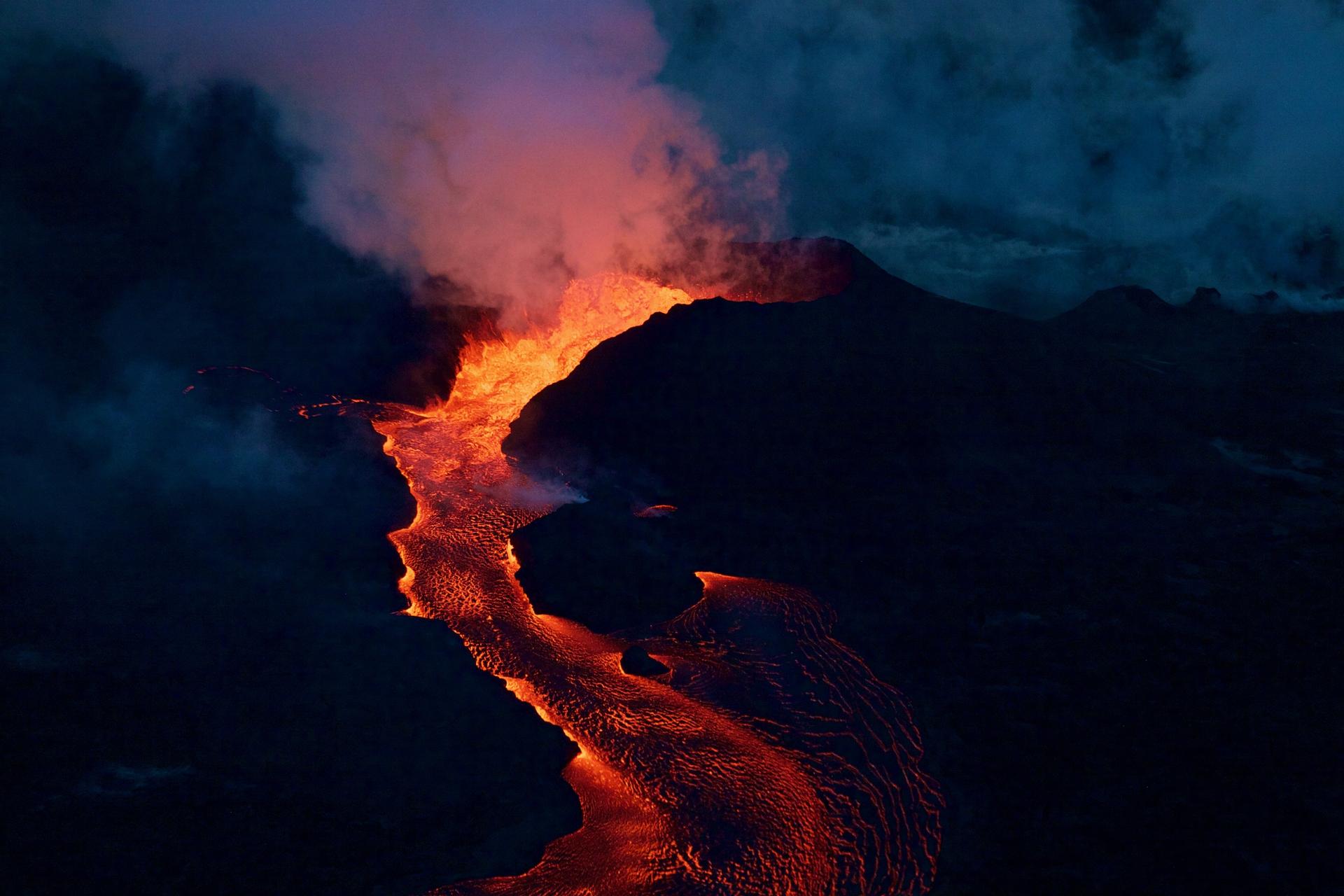
Kilauea is one of the world’s most active volcanoes, located on the Big Island of Hawaii. Its summit caldera, a large bowl-shaped depression, has been the site of numerous eruptions over the centuries.
This geological marvel has captivated scientists and visitors alike. It also serves as a reminder of the unpredictable forces of nature. Kilauea’s caldera is about 4 kilometers long, 3.2 kilometers wide, and over 180 meters deep.
The Eruption’s Location: A Remote Yet Significant Area
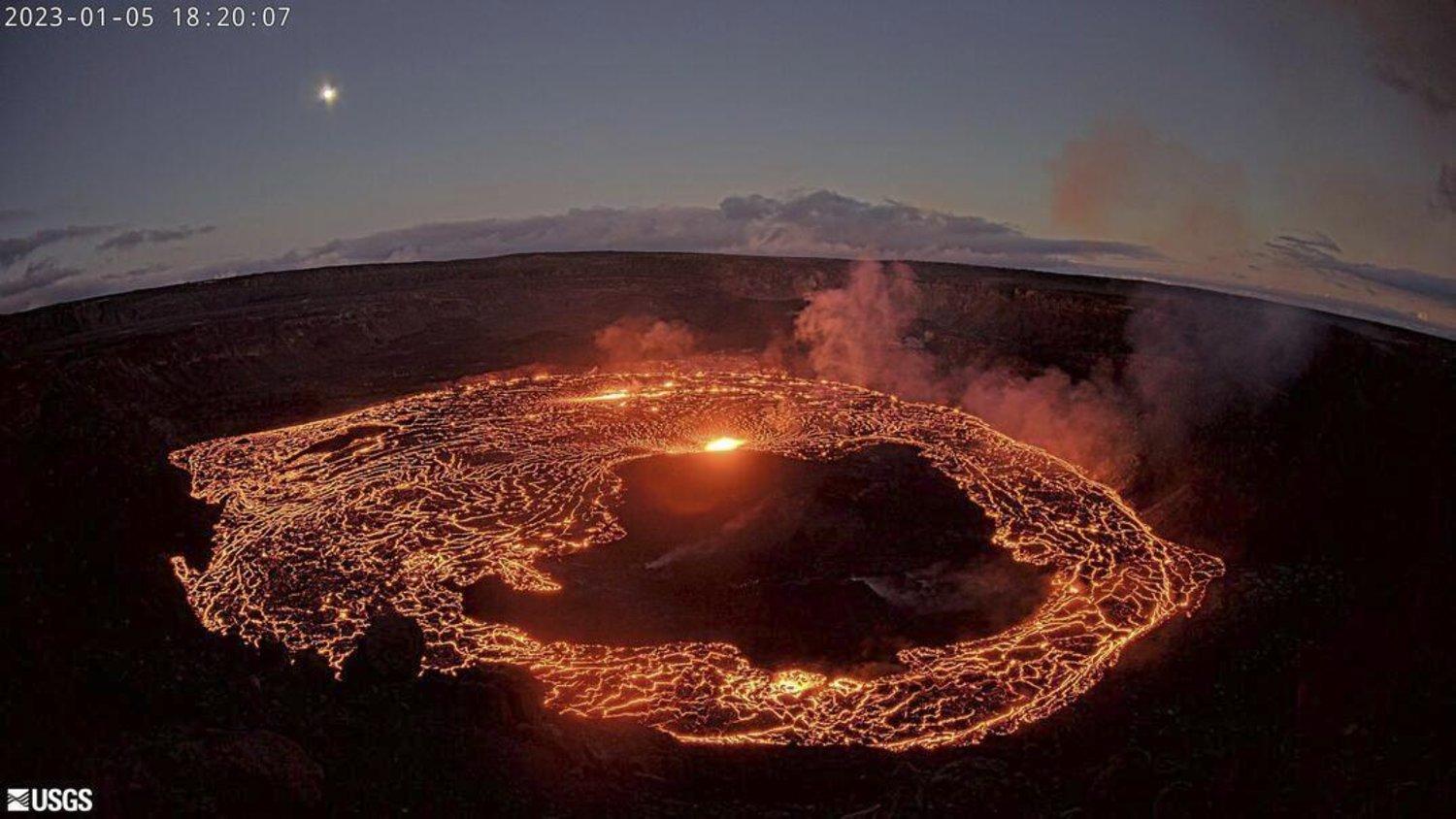
Monday’s activity was limited to the area around Kilauea’s summit and the southern part of its caldera. The eruption started around 2.5 miles southwest of the caldera, in a location that had not seen an eruption in nearly 50 years.
The last eruption in this area occurred in December 1974 and lasted for approximately six hours. This new eruption site is known as the Halema’uma’u crater, which has been the center of volcanic activity at Kilauea’s summit for many decades.
Lava Fountains and Volcanic Glow: A Mesmerizing Spectacle
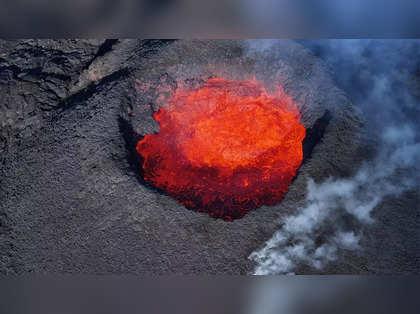
Webcam images captured a mesmerizing glow, indicating that lava was erupting from fissures in the area. Later in the early morning light, the U.S. Geological Survey captured an aerial image of lava shooting up from the fissures, providing a breathtaking glimpse of the volcanic activity.
During the peak of the 2018 eruption, lava fountains reached heights of up to 80 meters, creating a spectacular display of nature’s power.
Volcanic Gases: An Invisible but Dangerous Threat

Eruptions release high amounts of volcanic gas, including sulfur dioxide, which can react with the atmosphere to create volcanic smog (vog). This vog can pose airborne health hazards for people and damage plants.
In 2018, Kilauea released an estimated 320,000 tonnes of sulfur dioxide, which can cause respiratory issues and other health problems, reminding us of the potential risks associated with volcanic activity.
Kilauea’s Eruption History: A Recurrent Phenomenon
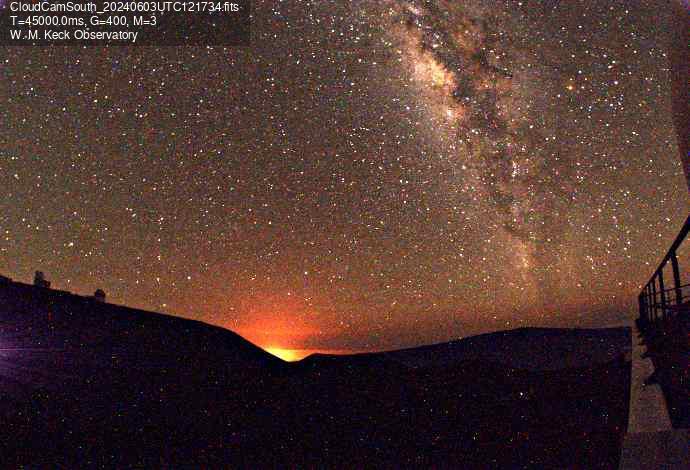
Kilauea is no stranger to eruptions, with its last eruption occurring in September 2023 and lasting for a week. The volcano has been erupting for over a century, with its most recent and devastating eruption occurring from 2018. destroying hundreds of homes and displacing thousands of residents
It destroyed hundreds of homes and displacing thousands of residents. The 2018 eruption lasted for over three months, making it one of the most destructive events in Kilauea’s recorded history.
Seismic Activity: A Precursor to Volcanic Unrest
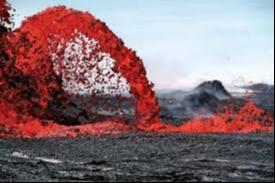
The eruption was preceded by an increase in seismic activity at Kilauea’s summit on Sunday, indicating that magma was moving below the surface. In an eight-hour period, there were approximately 250 earthquakes beneath the summit region.
The most powerful quake registering a magnitude of 4.1. This seismic activity is a common precursor to volcanic eruptions, as the movement of magma causes the ground to shake and tremble.
Monitoring and Preparedness: Crucial for Volcanic Regions
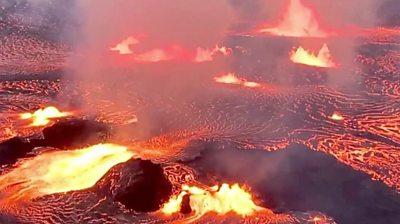
The U.S. Geological Survey’s Hawaiian Volcano Observatory plays a vital role in monitoring and providing updates on volcanic activity in Hawaii. Their expertise and vigilance help keep communities informed and prepared for potential risks associated with volcanic eruptions.
The observatory has a network of seismic stations, webcams, and other monitoring equipment to track Kilauea’s activity in real-time. This data helps them predict an eruption and take necessary steps.
Hawaii’s Volcanic Legacy: A Delicate Balance
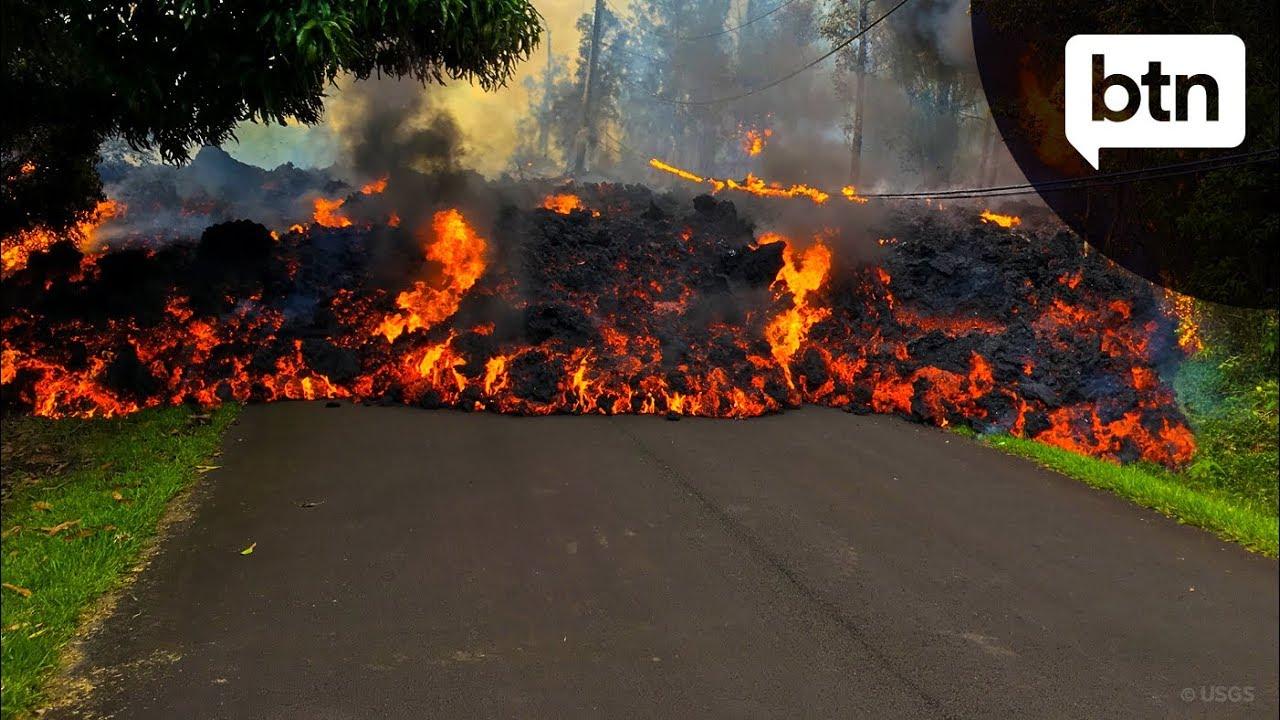
Hawaii’s volcanic islands owe their existence to the fiery forces that shape and reshape the landscape. While volcanic activity is a natural and ongoing process, it also serves as a reminder of the delicate balance between the beauty and power of nature.
The Hawaiian Islands are located on the Pacific Ring of Fire, a region with high volcanic and seismic activity, making eruptions a regular occurrence. Visitors to the area are advised to follow all safety guidelines and heed warnings from authorities to ensure their safety.

